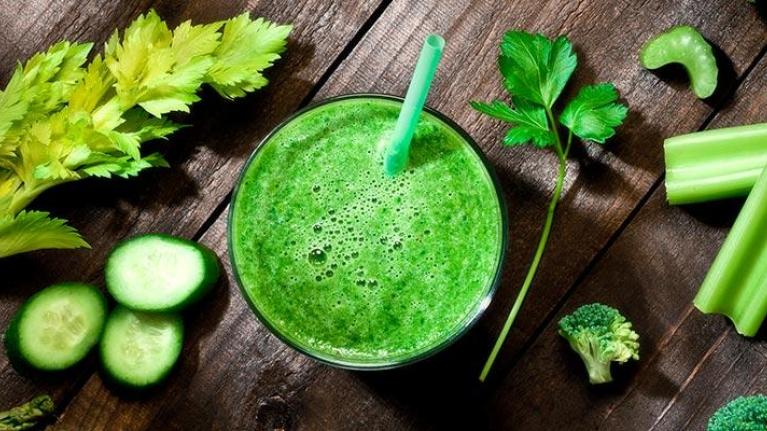
10 Ways to Make Plants Part of the Beverage Menu
Plant-forward is going liquid! Use fruits and vegetables in juices, teas, and more. It’s delicious and healthful.
The plant-based trend has also hit the beverage side of the menu—good news for consumers and operators alike. You’ve heard of farm-to-table; now consider garden-to-glass, where fruits and vegetables are highlighted in beverages. They speak to freshness and seasonality, and they’re particularly appealing to Millennials and health-conscious consumers.
- Offer more fruit, vegetable, and blended-produce juices, along with coffee and tea—the world’s most popular plant-based beverages.
- Look to smoothies for a more substantial serving of fruits and vegetables.
- Create cocktails around on-trend specialty juice flavors such as guava, mango, or carrot.
- Garnish juice, lemonade, iced tea, and other refreshers with cucumber rounds, orange wheels, dried apple slices, or whole strawberries.
- Be sure to offer nondairy, plant-based milks like almond, soy, or hemp milk as a standalone beverage for the dairy-averse, and to lighten coffee and tea.
- Consider a plant-based creamer, in either single-portion tubs or a pump bottle.
- Leverage the appeal of Bloody Marys—particularly on brunch menus—with elaborate (and Instagram-ready) vegetable garnishes, or even a self-service garnish station with a variety of different veggies, from celery sticks to cherry tomatoes.
- Display containers of fresh herbs, such as mint and basil, for muddling in coolers and cocktails on the bar; some bars even have the actual plants growing on a hydroponic wall or under a skylight.
- Infuse syrups and spirits with fresh herbs, citrus fruits, berries, whole spices, and other plant-based flavor boosters.
- Consider chilled and mulled cider, garnished with cinnamon sticks.
Source: Technomic Inc. for Nestlé Professional, (2018)
The information provided is based on a general industry overview, and is not specific to your business operation. Each business is unique and decisions related to your business should be made after consultation with appropriate experts.
14% of consumers drink beverages featuring plant-based milks and creamers, including 20% among Millennials, 18% among Gen Zers, 16% of women, and 11% of men.
Plant-based milks have also trended up on menus, with these options growing by 4.2% on menus between Q3 2015 and Q3 2017. Beyond coconut milk, alternative milks are generally used in beverages, especially smoothies and coffee drinks. While soy milk is the most commonly offered in beverage programs, almond milk is growing at a faster rate and closing the gap.



